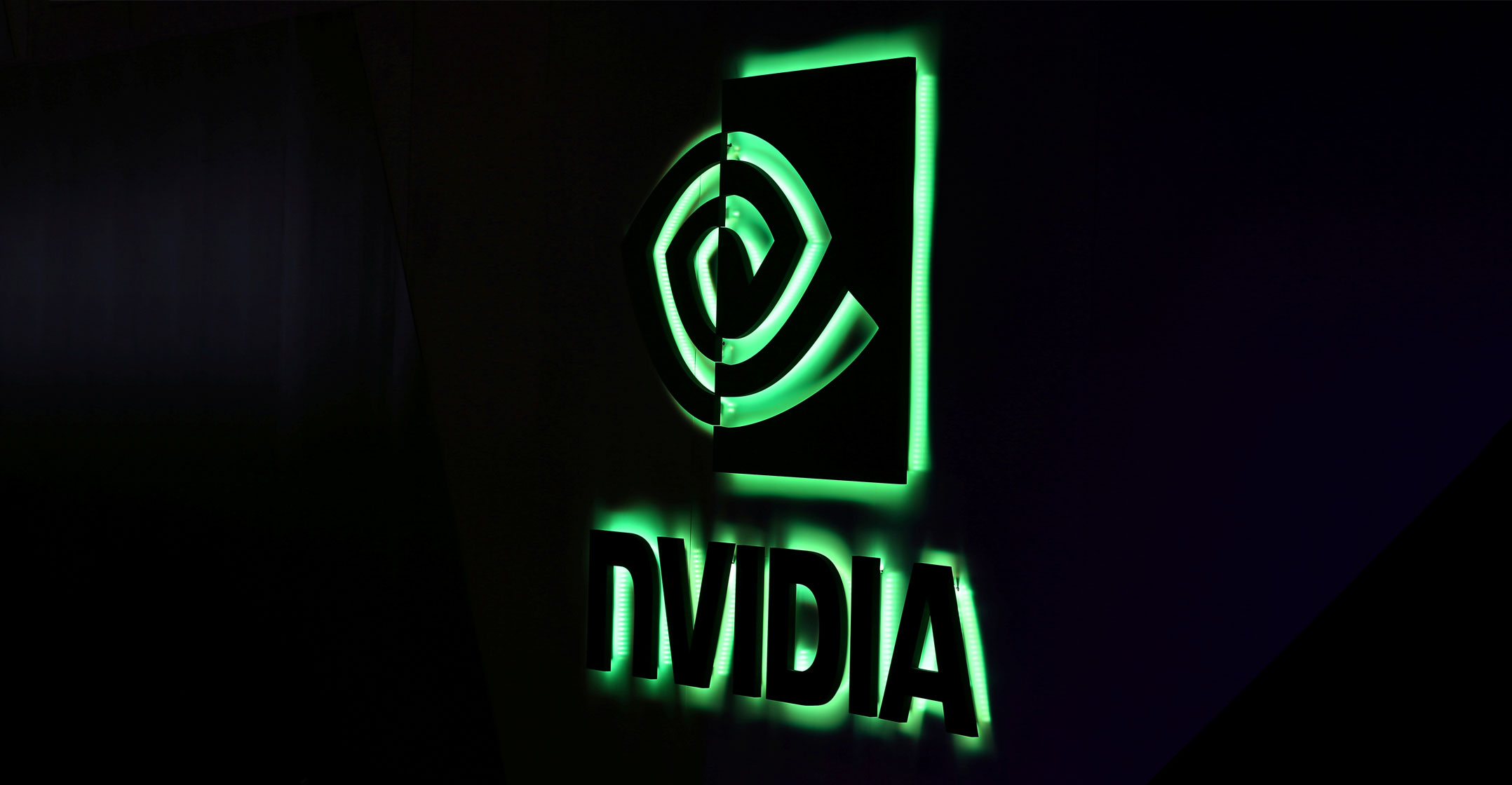
Nvidia on Monday laid out a multi-year plan to create a new kind of chip for data centres aimed at siphoning off more functions from its chief rival Intel.
Models with limited features will debut in months, while full-fledged versions are planned within two years, Nvidia said at a press briefing. Server companies such as Dell Technologies and Lenovo Group plan to integrate them into their machines, it added.
Nvidia chips have long been used to improve videogame graphics, but in recent years they have helped to speed up artificial intelligence tasks such as image recognition. The chips typically sit alongside an Intel CPU, offloading some of the computing work.
Nvidia is now seeking to grab more tasks with its proposed series of “data processing unit” chips. They will combine networking technology acquired with Nvidia’s US$6.9-billion purchase of Mellanox Technologies, with artificial intelligence and computing power from ARM. Nvidia last month agreed to buy ARM from SoftBank Group for $40-billion.
Using artificial intelligence, the chips could detect hackers trying to break into a data centre, said Manuvir Das, Nvidia’s head of enterprise computing, in the briefing. The chips would review network traffic for unusual patterns and seek to block it proactively.
Previously, such functions would have required a combination of chips. — Reported by Stephen Nellis, (c) 2020 Reuters

